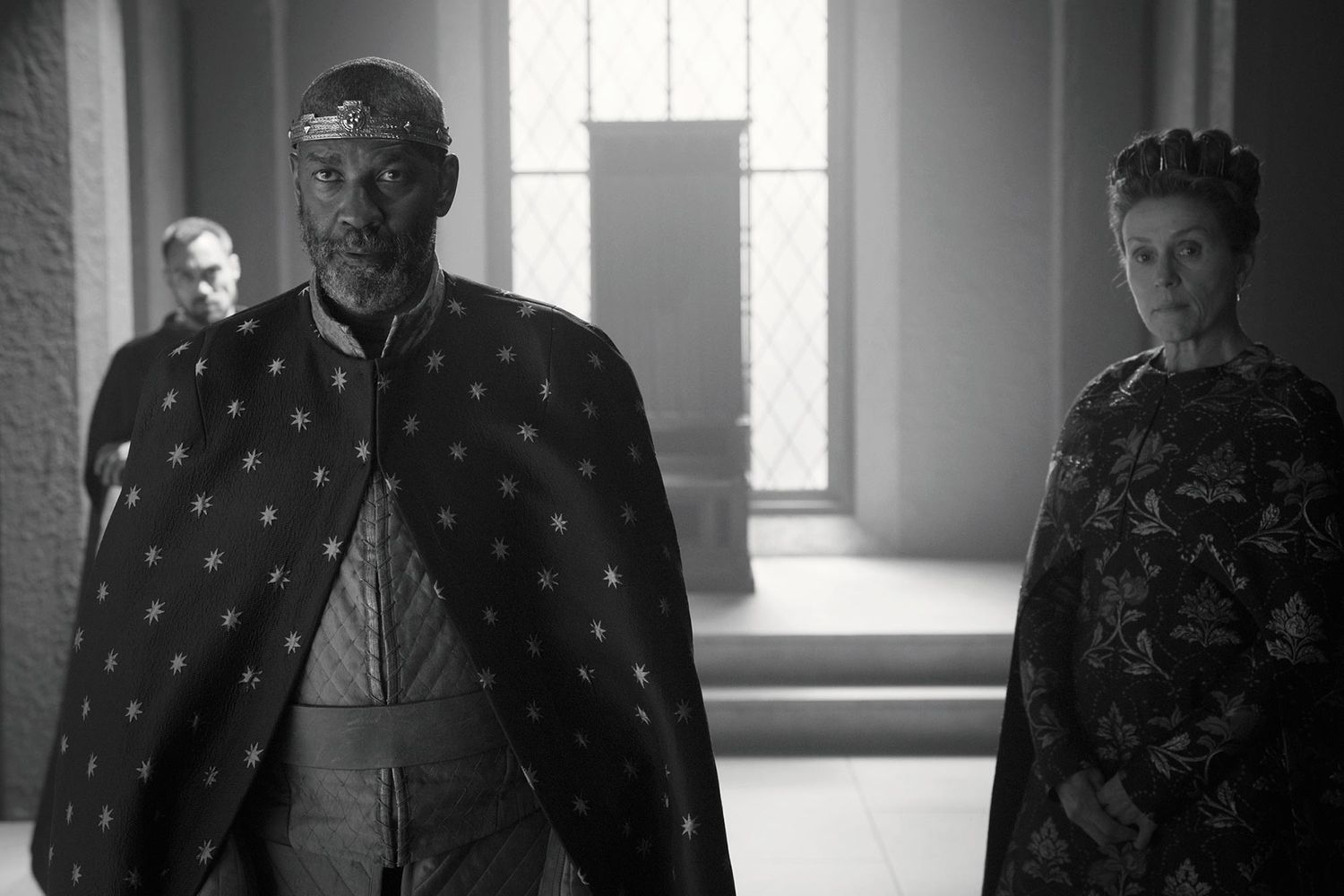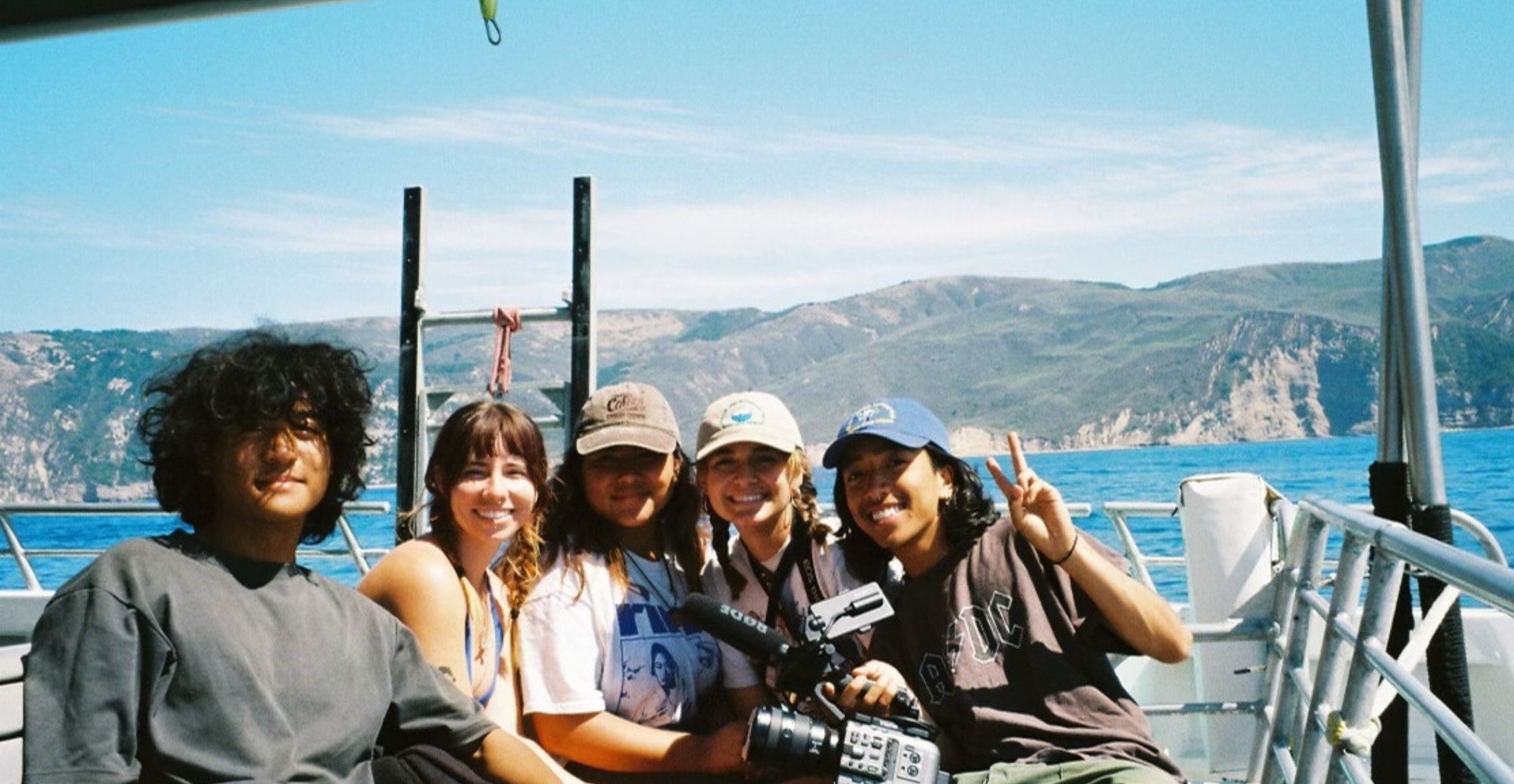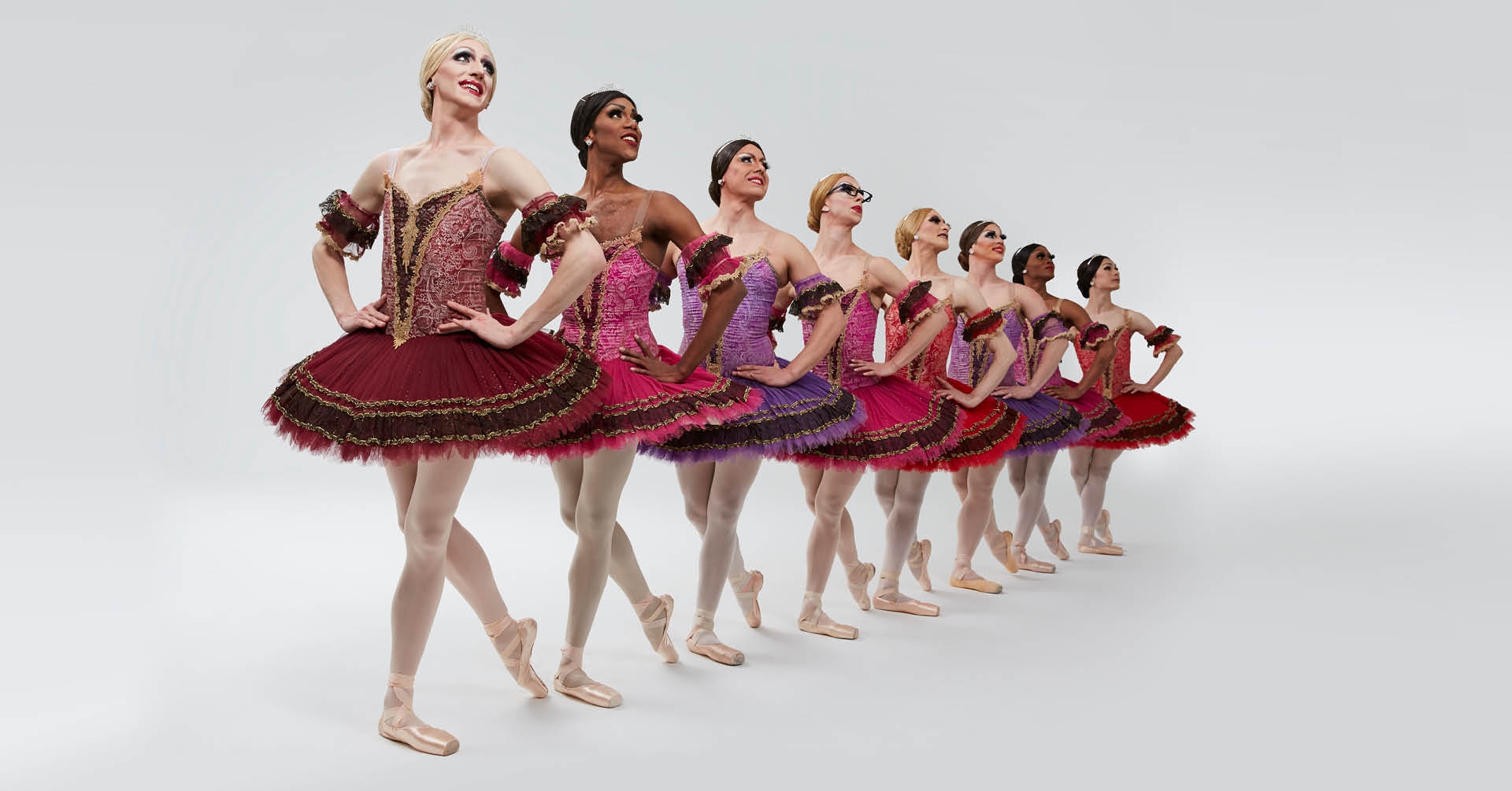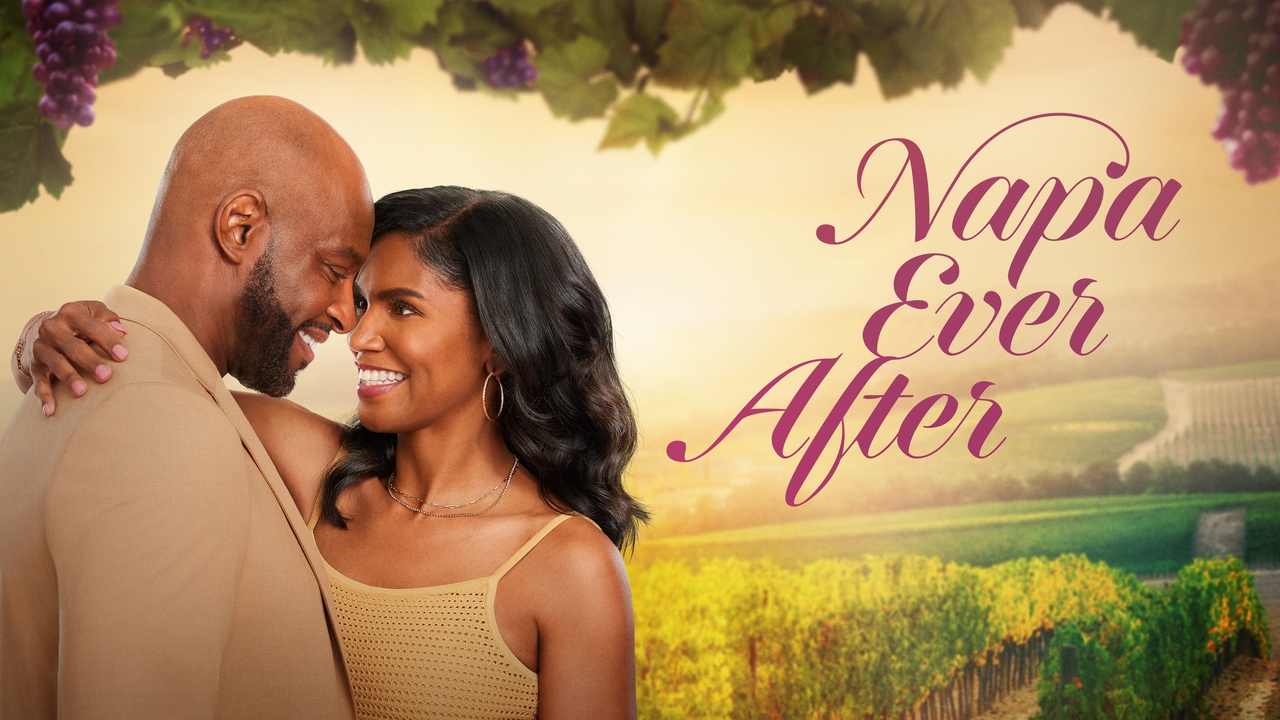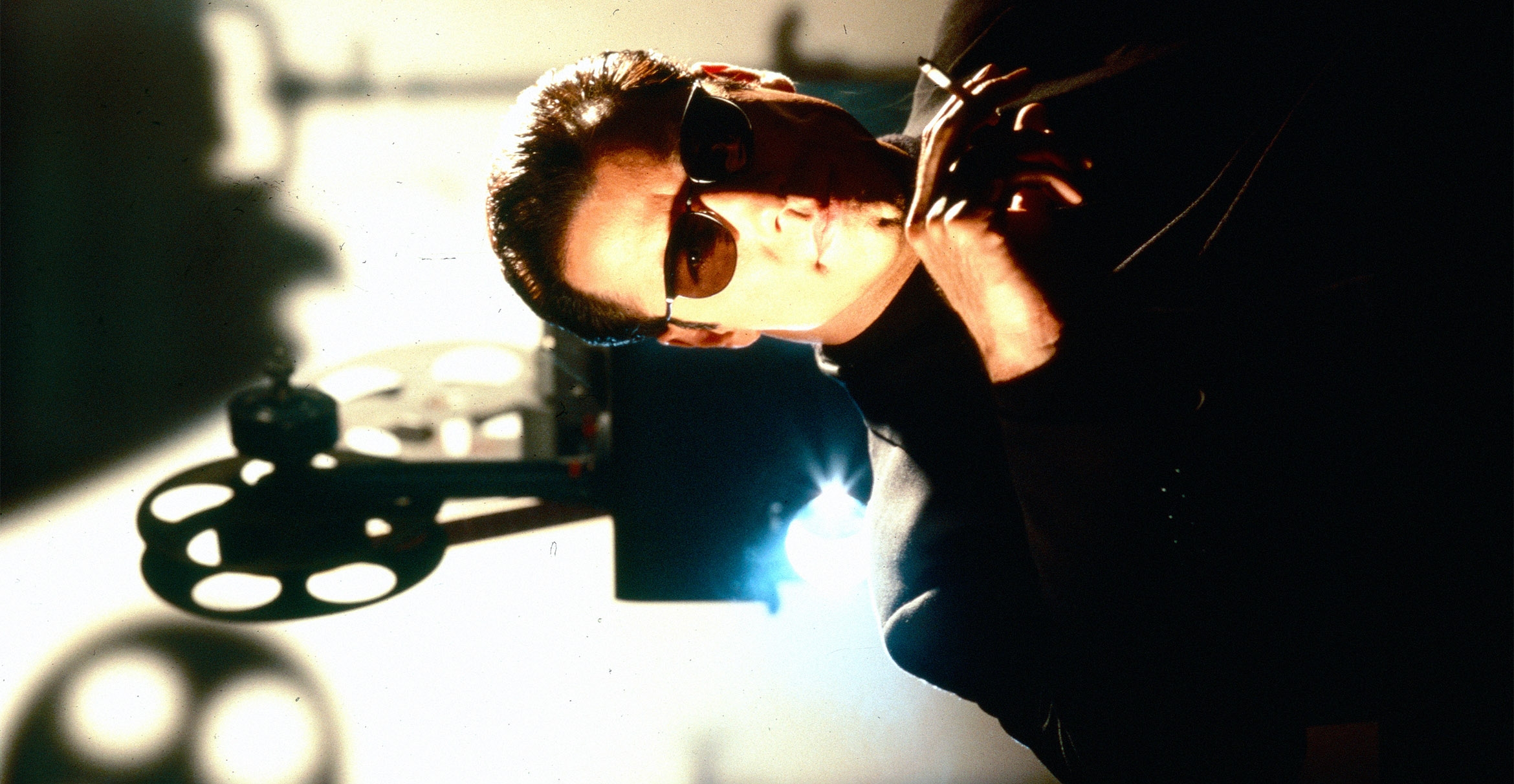
“Still Film” is a very simple assemblage of very few moving parts. Yet the combined result projects the filmmaker’s creative range, from his reverence for film and the staying power of Hollywood rumor to the digital preservation of a discontinued photographic publicity medium.
To help dissect the details, writer-director James N. Kienitz Wilkins, an assistant professor of screen studies at Eugene Lang College of Liberal Arts at The New School, will be fielding questions and comments after a screening of his 72-minute experimental film at UC Santa Barbara.
“We’re very excited to welcome James and ‘Still Film’ to kick-off our winter lineup,” said the Carsey-Wolf Center’s assistant director, Tyler Morgenstern, who will moderate the post-screening discussion. “James is among the most compelling screen artists working in the U.S. today.”
“Still Film” is an intervention into the state of cinema culture today, Morgenstern noted, saying, “In one sense it’s a look at how our love of movies can lock us into a regressive nostalgia. It is also a crackling consideration of how a range of contemporary forces — conspiratorial thinking, high-speed finance, the transformation of the cultural past into ‘intellectual property’ — exploit that nostalgia to propagate through our moving image landscape. ‘Still Film’ is funny, distressing, evasive, surprising and like nothing else you’ll see in a cinema this year.”
The film’s basis is a fictional audio deposition of a nonparty witness testifying to “promises made and broken” during his past 40 years of cinematic exposure, according to Wilkins. The filmmaker wrote the script as if it were the transcript of an actual legal deposition. He also voiced the film’s four characters (the witness, two lawyers and the recordist). “While no character is specifically me,” he said, “all are performed in voiceover by me, addressing memories, biographical details, conspiracy theories and ideas I’ve wrestled with for years.”
Presenting dozens of 35-millimeter slides from Wilkins’s personal collection of publicity photos for new movie premieres, the film acts as an archive of sorts for this genre of analog photography.
“Slides were the standard until the early 2000s when digital press kits took over,” said Wilkins (pictured). “As objects, (they) are unique photographic prints . . . now preserved through scanning into 4K digital cinema.” The selected slides, hung loosely along the clothesline of the narrative, “hold some associative meaning, however arbitrary.”
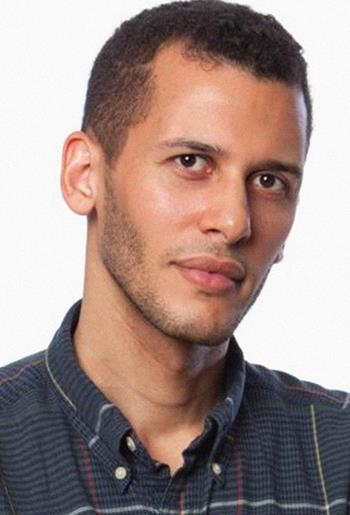
Part of the center’s “Revisiting the Classics” series, the event takes place from 7–9:30 p.m., Thursday, Jan. 18, in the Pollock Theater. The event is free and open to the public; reserving advanced tickets is recommended.
Keith Hamm
Social Sciences, Humanities & Fine Arts Writer
keithhamm@ucsb.edu
